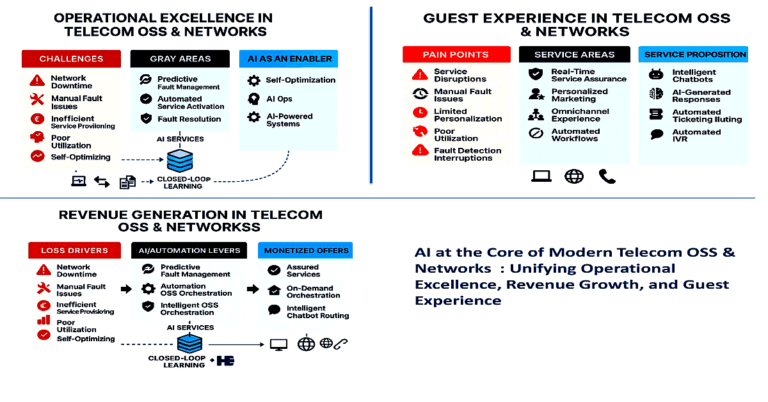BT demonstrated its unique broadcast capabilities, with its Media & Broadcast, BT Sports and EE operations combining to showcase the powerful benefits that 5G and cloud-based technologies bring to broadcasters.
BT delivered the broadcast innovations on Saturday at the Gallagher Premiership Rugby match between Saracens v Northampton Saints where it demonstrated the power of Media & Broadcast’s new Vena network, and its ability to neatly combine private 5G to provide secure broadcast-grade infrastructure.
BT collaborated to enable a number of the matchday cameras to be connected via a standalone private 5G network it had installed at the ground. These cameras’ output then formed part of the live BT Sport coverage of the match in a UK first – never before have key matchday cameras, as part of a customer broadcast, been enabled in this way. Traditionally, broadcast cameras connect to the Outside Broadcast solely using radio (RF) signals which rely on proprietary equipment. 5G-enables potentially a range of camera devices, in a wider range of locations, to be used, opening up new creative and operational benefits to broadcasters.
In addition, BT Media & Broadcast, showcased at Saracens’ StoneX Stadium a cloud production demonstration, highlighting to customers and partners some of the innovative workflows enabled by this approach to production.
Through the innovative trial, BT Media & Broadcast, highlighted how its smart broadcast network, Vena, can bring together high-performance networking, private 5G and cloud to deliver live sport in the highest possible quality, and with the greatest efficiency. It represents a key milestone within BT’s development of its 5G private network strategy.
Faisal Mahomed, Director of BT Media & Broadcast, said: “These pioneering collaborations demonstrate how our new smart broadcast network, Vena, along with private 5G and cloud technology, can make a huge difference to the way broadcasters produce coverage of rugby, football and other sports, and can provide a number of creative, sustainable and operational benefits. BT continues to innovate and harness the power of 5G and cloud production to introduce new products and services for our customers and partners.”
Jamie Hindhaugh, Head of BT Sport, said: “We are proud of our role in the track record of recent broadcast innovations across BT. This weekend’s innovations at Saracens continue to highlight the key role 5G will play in the future of sports television.”
This weekend’s innovations are the latest industry-first collaboration around 5G and cloud technologies between BT Media & Broadcast, BT Sport, EE and BT Applied Research and:
- In March this year, BT unveiled pioneering uses of 5G which re-imagine the experience of watching and performing sports, dance, music and theatre through virtual, augmented and mixed reality applications.
- In 2019, BT Sport collaborated with BT’s Media & Broadcast arm to broadcast the world’s first live 8K test broadcast, into the IBC exhibition in Amsterdam.
- In 2018 BT Sport and EE carried out the world’s first live broadcast over 5G using remote production, delivering a two-way transmission from Wembley Stadium to London’s ExCeL exhibition centre.
Watch a video of the event visit







































